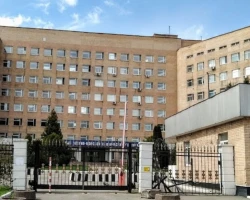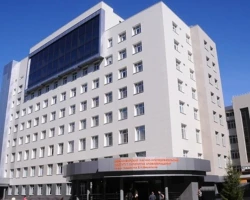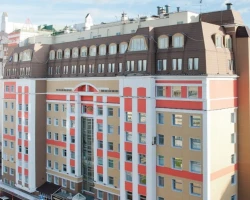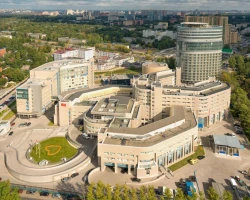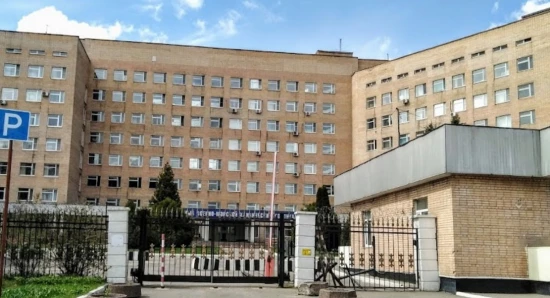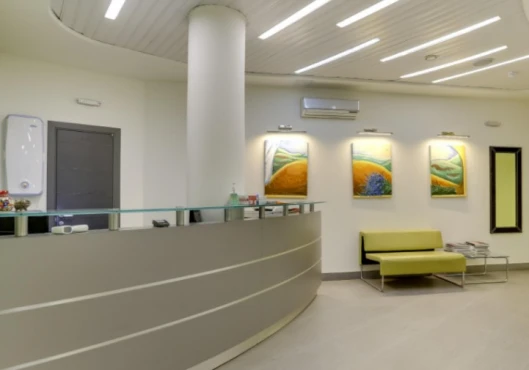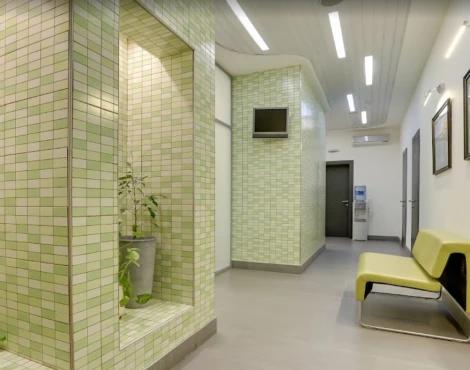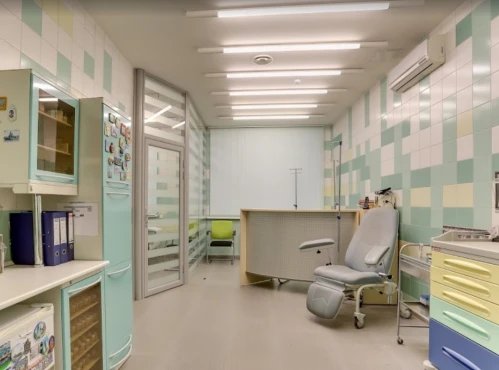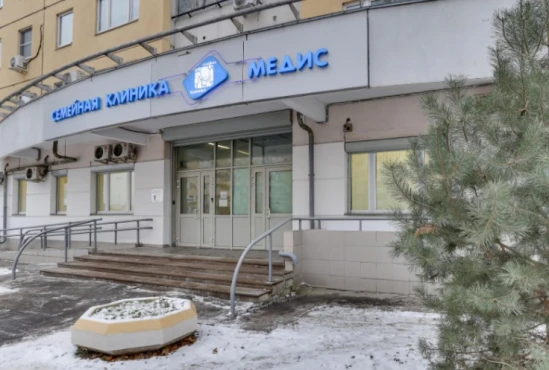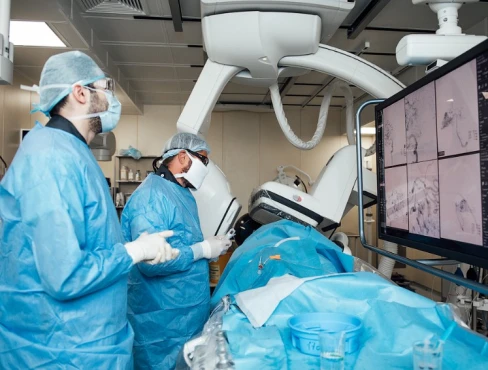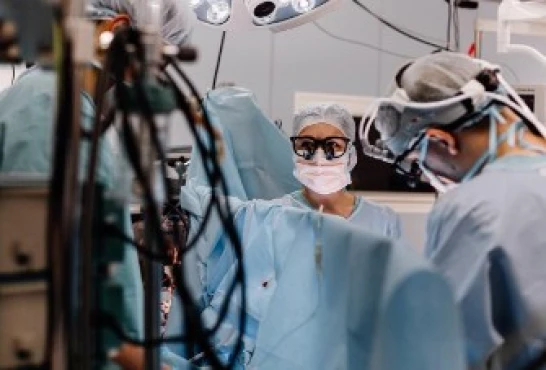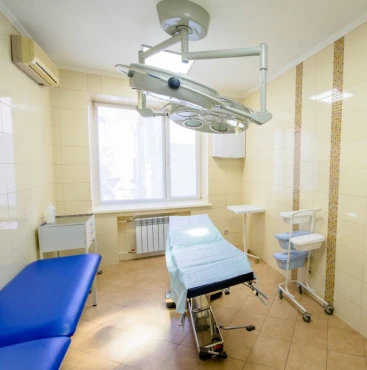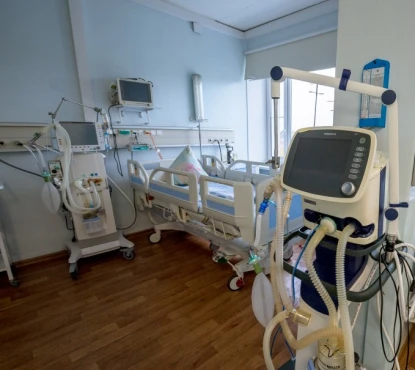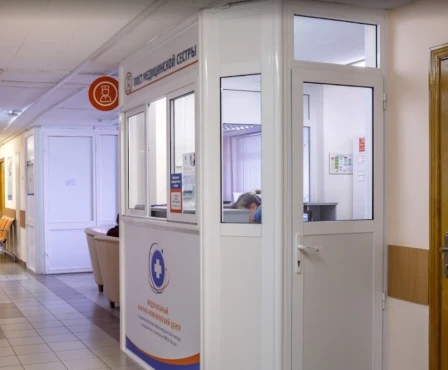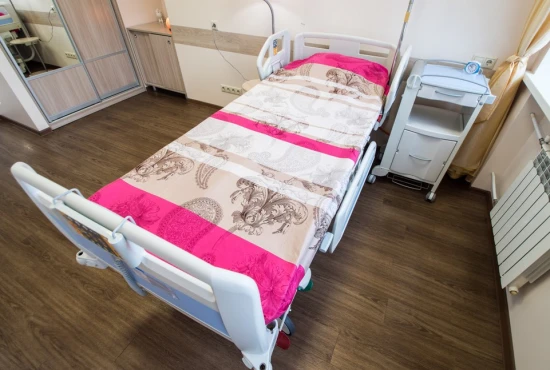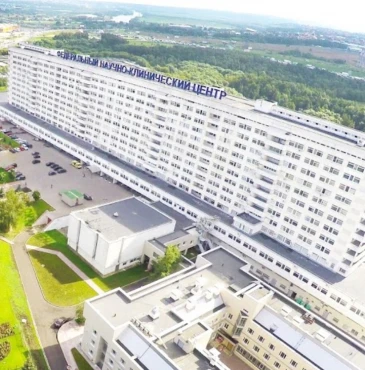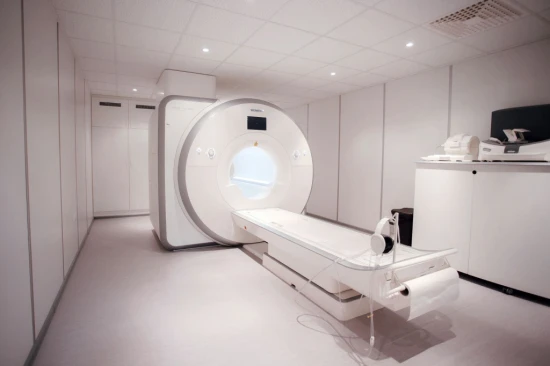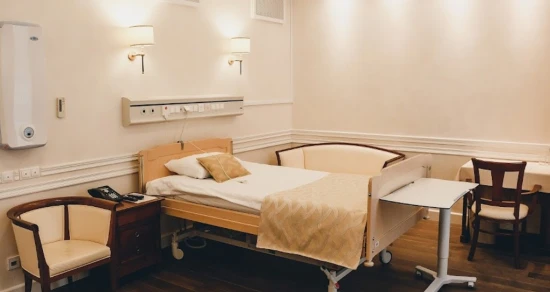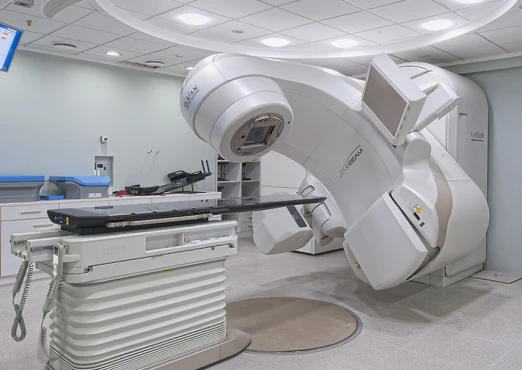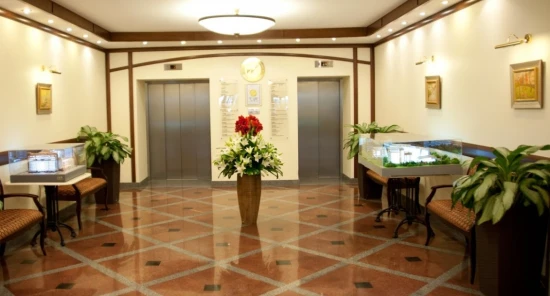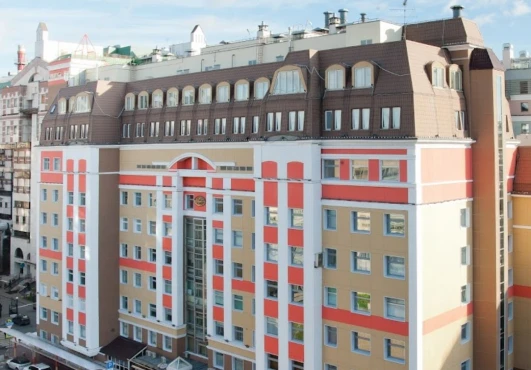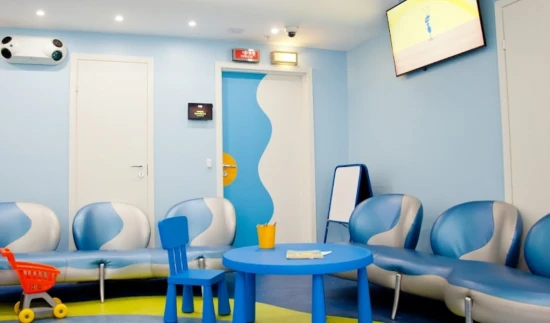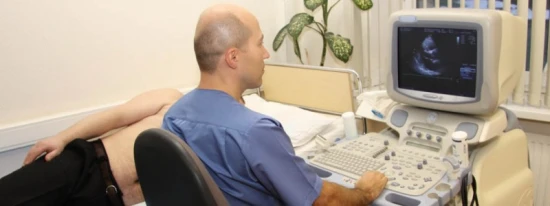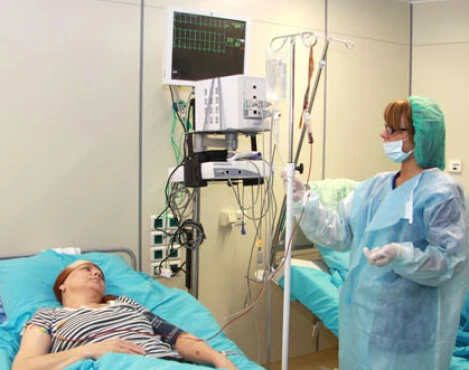from Elia Bakhitova
June 27, 2023
I would like to note the high professionalism of the highest category cardiologist Evgenia Nikolaevna Preis and the medical staff represented by Valeria Valerievna. At the doctor’s appointment, I received qualified answers and recommendations for further treatment.
Thank you very much for your attention and sensitive attitude towards the patient during such a huge flow.
Good health to everyone!
from Елена Дитятковская
June 18, 2023
Congratulations to the entire wonderful team of the V.A. Almazov National Center on Medical Worker Day!
Many thanks to all the staff of the 1st cardiac surgery department and the 4th cardiac intensive care unit for the wonderfully performed complex open-heart surgery, you gave me a new quality life!
A low bow and gratitude to cardiac surgeons Dmitry Valerievich Bendov, Amir Nasirovich Ibragimov; anesthesiologist-resuscitator Oksana Valerievna, cardiologist Yulia Sergeevna! You are doctors from God, you have golden hands, you heal the heart with your heart!
Be always healthy and happy!
Sincerely devoted to you Elena Evgenievna.
from Валентина Макара
May 25, 2023
I would like to express my boundless gratitude to you, Denis Aleksandrovich, the head of the department, and your team at the urology department, for the professionalism, attention, and emotional sensitivity shown in connection with my treatment and surgical intervention.
At the department, the doctors performed additional, high-quality research using modern medical technologies, and prepared me for the operation. The unique operation was successfully performed by a wonderful surgeon, a doctor, as people say, from God - Evgeniy Sergeevich Gilev. And I had the opportunity to return to normal life, as well as hope for a full recovery. I am already at home and maintaining my health by following his recommendations.
The operation was successful also because other specialists from the department also took part in its preparation and consultation. Many thanks to the doctors: Shelipanov Denis Aleksandrovich, Shanava Gocha Shakhievich, anesthesiologist-reniamatologist Anton Igorevich Pankevich, operating nurse Alena Andreevna Kuzmina and nurse anesthesiologist A.G. Meladze.
Thanks again to all the doctors, nurses, Valentina Mikhailovna, who treated and cared for me, as well as for their dedication to their profession, for their selfless service to people, returning to them the most valuable thing - health. I wish that your dedicated work and medical research conducted by doctors will be duly appreciated by our state.
Good luck to the whole team! With sincere respect and gratitude, Valentina Makara!
